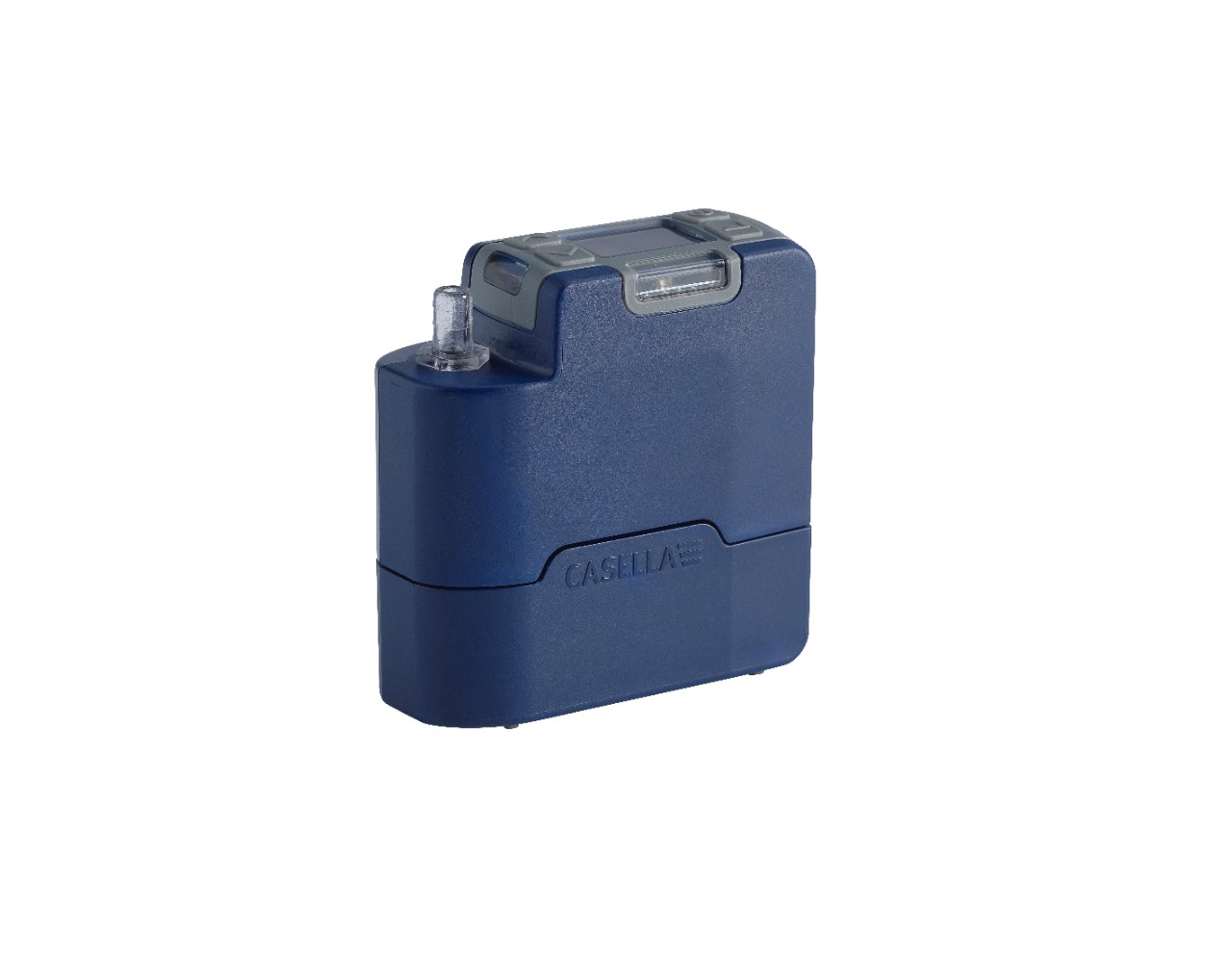Casella UK
Wolseley Rd, Kempston,Bedford MK42 7JY
+44(0)1234844100
info@casellasolutions.com

Manufacturing processes found across many industrial sectors have the potential to expose workers to harmful dusts, gases and vapours and as a consequence, UK employers must meet the requirements of the CoSHH Regulations¹ and in the US, the Code of Federal Regulations (CFR)². Similar legislation exists worldwide, the common theme being an onus on hazard identification, risk assessment and the provision of appropriate control measures.
Volatile organic compounds (VOC) (some of which are hydrocarbons) are common hazards found in the oil & gas, chemical and pharmaceutical industries, typically released through process leaks but also routinely during plant maintenance. There are a raft of other hazardous chemicals found in diverse manufacturing subsectors ranging from fabricated metal to textiles and furniture but also painting and printing. VOCs in particular have a significant vapour pressure at normal ambient temperature which means they evaporate (volatilise) at low temperatures and can easily enter the body through normal breathing, so monitoring the workplace air is vitally important. Indeed, if exposure or failure of control measures could lead to exposure limits being breached then exposure monitoring is expressly required.
High chemical concentrations can pose an immediate (acute) risk to life but repeated exposure to relatively low concentrations can lead to long term (chronic) illnesses, cancers and even hearing loss in the case of ototoxic chemicals such as solvents, nitriles, metals and their compounds.

A direct reading instrument is often used, for detecting single or multiple hazardous gasses where there is an acute risk but this doesn’t account for low level exposures which may vary throughout the workspace and/or with time.
There are basically three ways of sampling gases or vapours for subsequent laboratory analysis:
1. By collecting a small amount of the workplace atmosphere in a suitable airtight container
2. By drawing air through a solution in a bubbler or impinger where the contaminant reacts with the liquid
3. By allowing workplace air to pass through an adsorbent material

Static sampling will generally lead to an underestimate of personal exposure but may be useful when examining the effectiveness of control measures, to identify sources or monitor known ‘hotspots’ in process plant. Personal monitoring is a preferred solution whereby a long-term average concentration may be determined and the use of pumped sorbent tubes will be discussed here.
To be continued next week, where we will discuss the sample media and setting up and calibrating a sample train.
1) Control of Substances Hazardous to Health 2002
2) 29 CFR part 1910: Occupational Safety and Health Standards – Toxic & Hazardous Substances